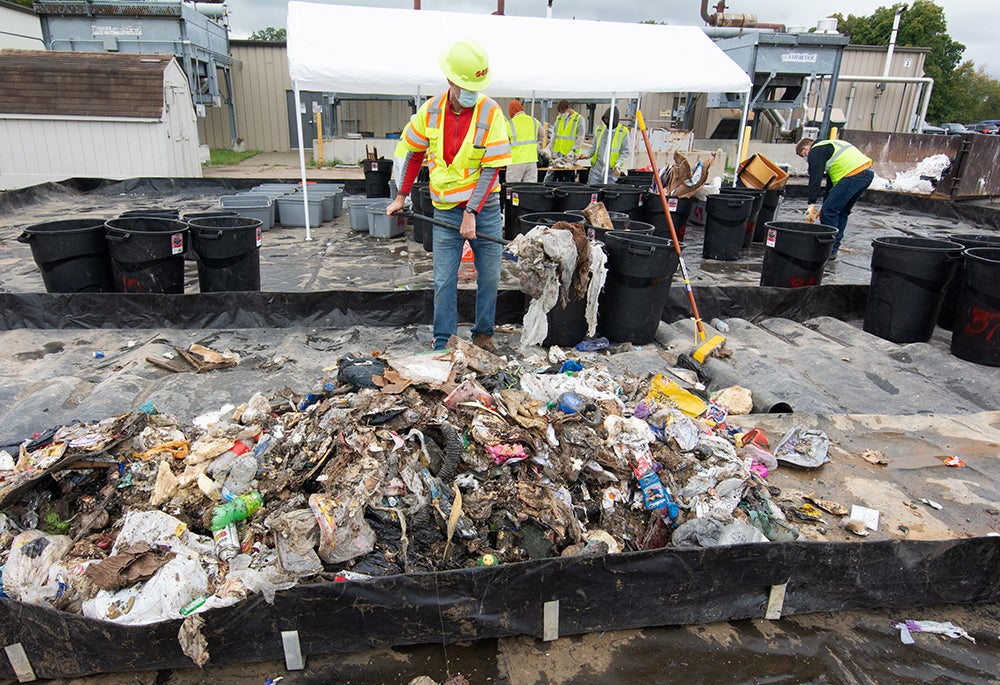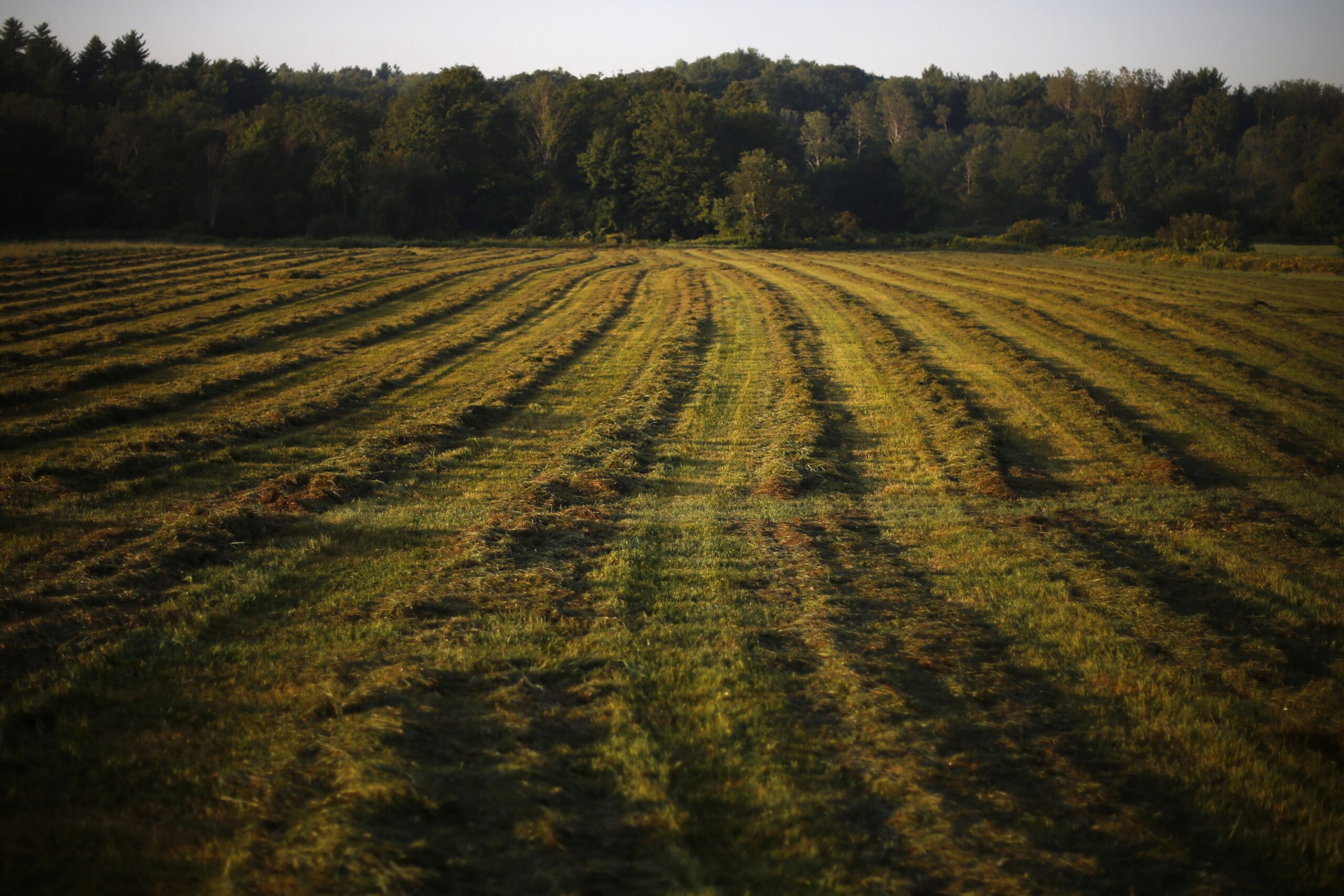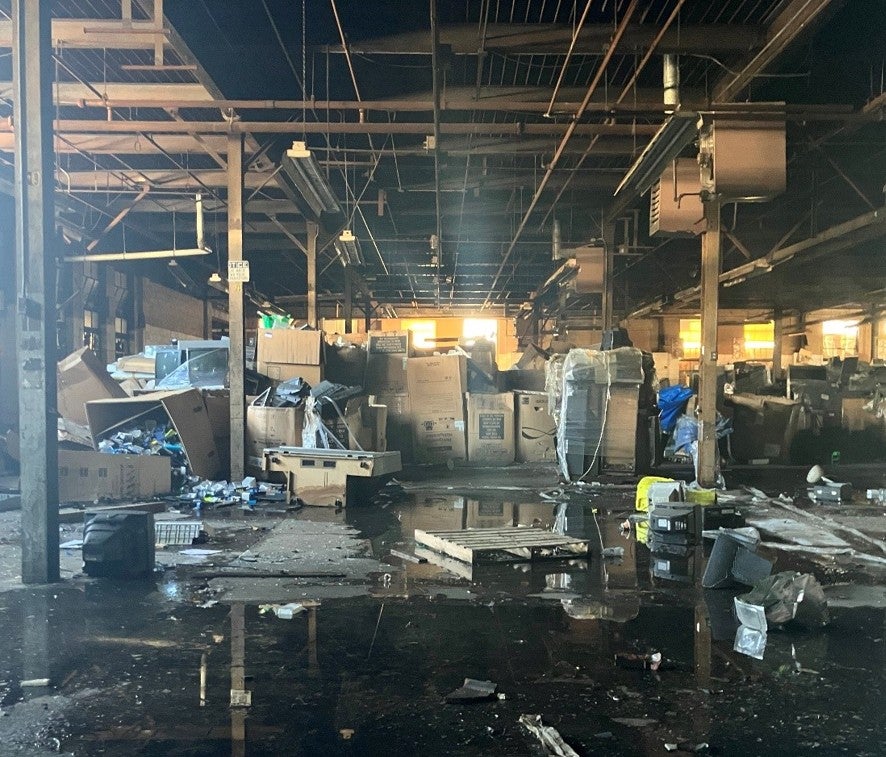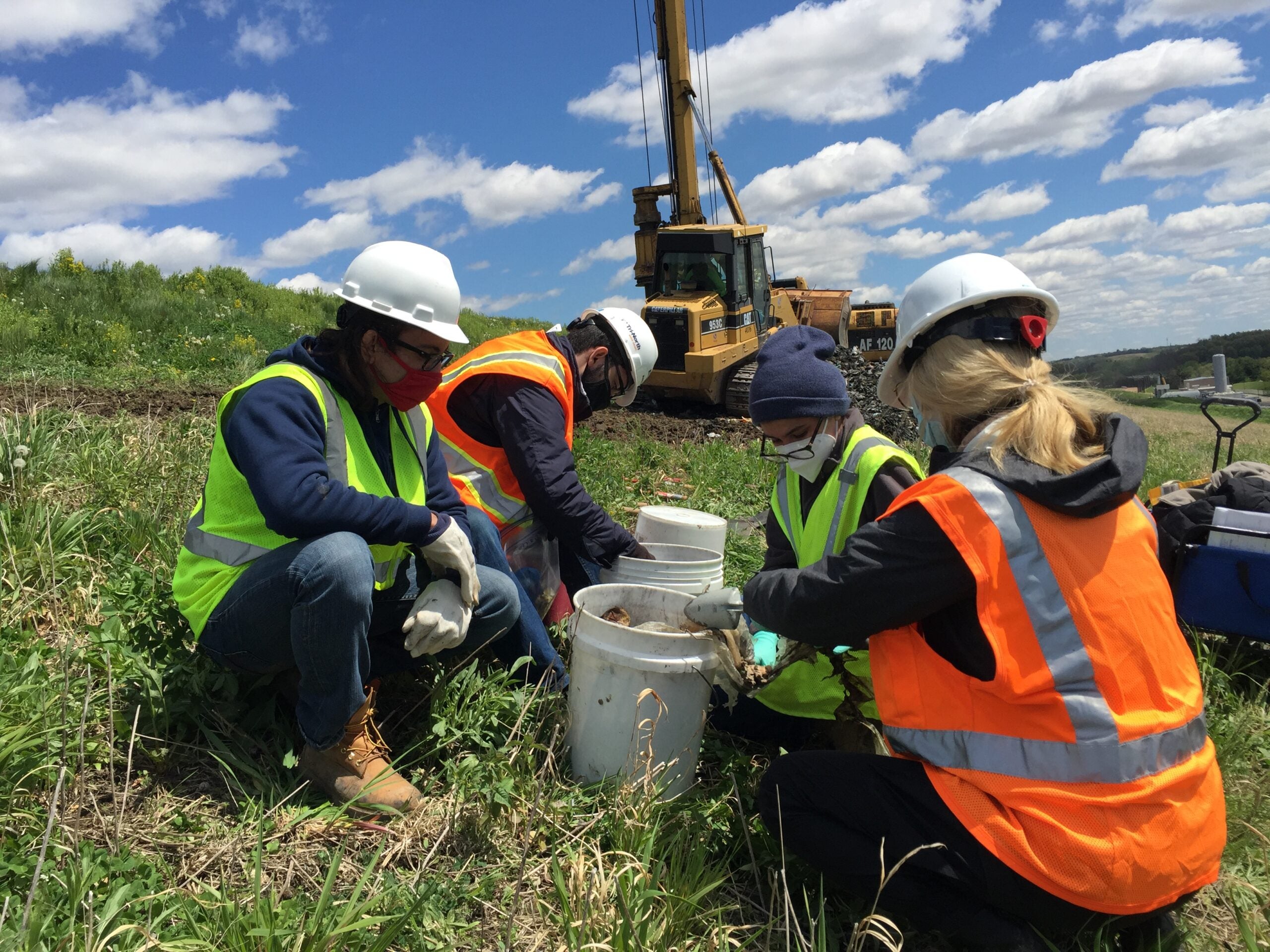Organics including food waste and scraps account for about 30 percent of Wisconsin’s landfill waste by weight, according to a study of waste from 14 disposal sites that was commissioned by the state Department of Natural Resources.
The 2020-2021 statewide waste characterization study found that the broad organics category, which also includes yard waste and diapers, accounted for about 1.3 million tons. An estimated 924,900 tons of paper, including cardboard, compostable and office paper, comprised about 21 percent of the landfills’ tonnage. That was followed by plastic at about 17 percent, or 745,600 tons.
The study, for which samples were collected in the fall of 2020 and spring of 2021 by environmental consulting and contracting firm SCS Engineers, was completed by filtering through 200 pounds of waste collected at 14 landfills and one solid waste transfer station.
News with a little more humanity
WPR’s “Wisconsin Today” newsletter keeps you connected to the state you love without feeling overwhelmed. No paywall. No agenda. No corporate filter.
Casey Lamensky, solid waste coordinator for the DNR, said the 14 sites represent 72 percent of the state’s municipal and general solid waste. Crews collected 398 200-pound samples from those locations.
“Then those samples were hand sorted into 85 different waste categories to give us a percent total that each of those categories represents in our landfills in 2020,” she said.
This is the third study of its kind, and the first since 2009.
There were several marked improvements since 2009 that the study acknowledged, including a reduction in roofing shingles showing up as solid waste. That’s partially because of recycling efforts that use old shingles in road-building.
Another example is likely due to Wisconsin’s law to recycle electronics that went into effect in 2010, according to the DNR. Compared to 2009, when the study was last conducted, the weight of landfilled TVs and monitors dropped 85 percent this time around.
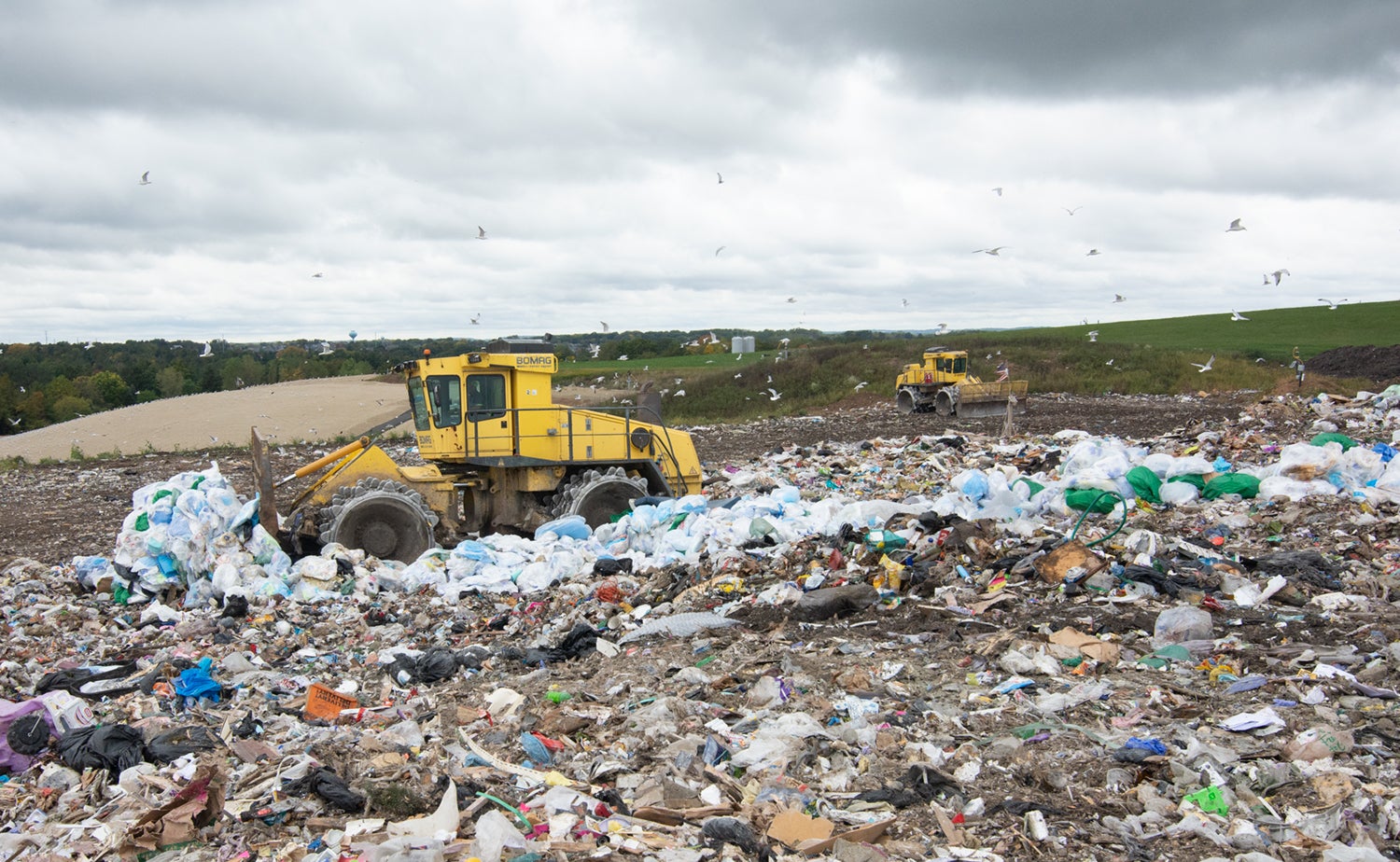
Preventing Waste
Lamensky said organic materials in landfills are compressed with other waste to open up space. But that compression pushes out oxygen, which helps break down food. Without oxygen, food is broken down by other microorganisms.
“And those microorganisms off-put methane, which is a greenhouse gas that’s 28 times more powerful than CO2,” she said.
Making sure these items don’t end up in the landfill is the best course of action to avoid the production of methane. And an obvious way to do that, Lamensky said, is to waste less food.
A few simple steps to avoid wasting food might include planning your meals for the week before you go grocery shopping and learning how to properly store that food when you bring it home.
Another option is learning how to use the different areas of your refrigerator and its humidity controls to help extend the lives of the food contained there.
Lamensky is a big fan of the Food Keeper app from the U.S. Department of Agriculture, which lets consumers know if food is still safe to eat.
“That’s important because the expiration ‘used by’ and ‘best by’ date labels on our food are actually manufacturer dates that were put on those products for quality but not necessarily food safety, except for infant formula,” she said.
Recycling
Recycling for a lot of people is complicated, and Lamensky said that’s probably because it’s not universal.
According to the study, 5.7 percent by weight of plastics in the landfills were recyclable but were instead trashed.
What should be recycled changes based on the facility where those items end up, whether they have equipment to manage those materials and who the buyers are for those materials.
“It’s really important to make sure that whoever you’re working with with recycling is providing clear communication on what specifically they are taking and it’s kept up to date,” she said.
Some items in Wisconsin can always be recycled and include: office paper, newspaper and magazine paper, cardboard, aluminum containers, plastic containers No. 1 and 2, aluminum and bi-metal containers, she said.
Wisconsin Public Radio, © Copyright 2025, Board of Regents of the University of Wisconsin System and Wisconsin Educational Communications Board.

